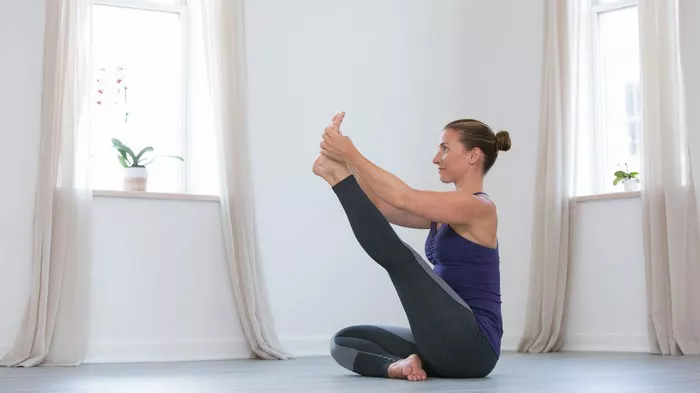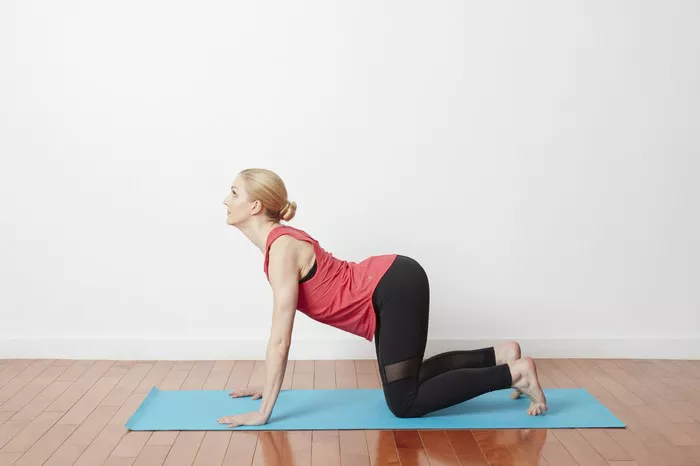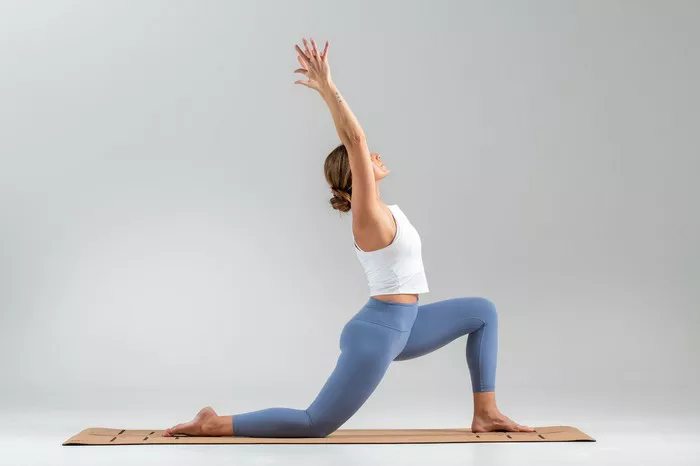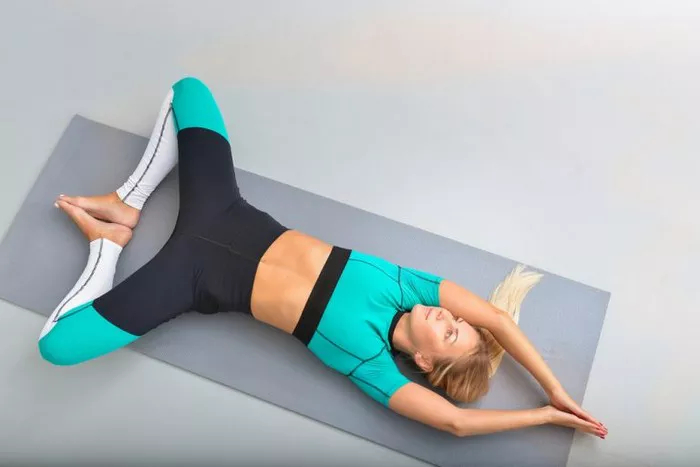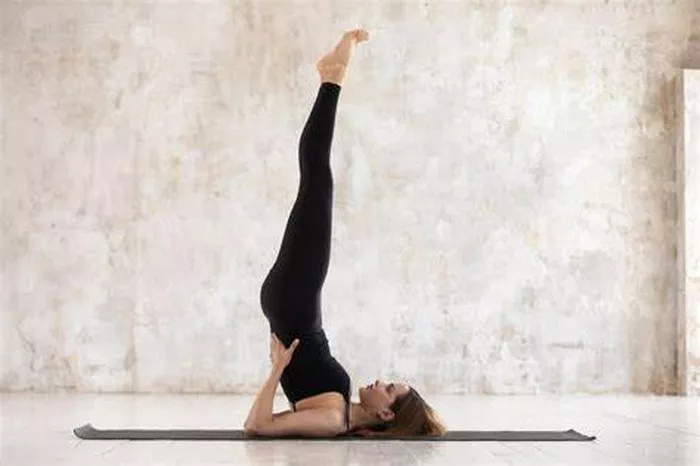Yoga is a journey of self-discovery and physical exploration. As beginners gain confidence and strength, they often seek to deepen their practice. Intermediate yoga poses provide new challenges that build on foundational skills. These poses not only enhance flexibility and strength but also promote mental focus and balance. They offer practitioners the opportunity to explore their bodies in new ways and connect more deeply with their breath.
In this article, we will explore various intermediate yoga poses. We will look at their benefits, alignment tips, and how they can enhance your overall practice. By incorporating these poses, you can refine your skills, build endurance, and develop greater body awareness. Whether you practice at home or in a studio, these intermediate poses will help you grow and deepen your yoga experience.
Understanding Intermediate Yoga Poses
Intermediate poses are generally those that require more strength, flexibility, and coordination than beginner poses. They often incorporate balance and stability, challenging practitioners to engage their entire body. These poses may involve more complex movements or transitions that are not typically found in beginner classes.
Practicing intermediate poses encourages growth and development. They can help you move beyond the basics, allowing for greater exploration of your physical and mental limits. As you learn to navigate these poses, you’ll also learn more about your body’s capabilities and limitations.
The Benefits of Intermediate Yoga Poses
Enhancing Strength and Flexibility
Intermediate poses significantly enhance your strength and flexibility. They require you to engage multiple muscle groups simultaneously. This engagement not only builds muscle but also improves flexibility. For example, poses like Warrior II and Side Angle Pose stretch the hips and strengthen the legs.
Improving Balance and Coordination
Balance is a critical aspect of yoga. Intermediate poses often demand a higher level of balance and coordination. Poses such as Tree Pose and Half Moon Pose challenge your stability. As you practice these poses, you will develop better control over your movements, which is beneficial both on and off the mat.
Key Intermediate Yoga Poses to Master
1. Warrior II (Virabhadrasana II)
Alignment and Benefits
Warrior II is a foundational pose that strengthens the legs and opens the hips. To enter Warrior II, stand in Mountain Pose. Step your feet wide apart and turn your right foot out 90 degrees. Bend your right knee and extend your arms parallel to the ground.
This pose strengthens the legs and core, improves focus, and enhances endurance. It also helps to develop a sense of empowerment and stability.
2. Triangle Pose (Trikonasana)
How to Practice Triangle Pose
To practice Triangle Pose, stand in a wide stance and turn your right foot out. Extend your arms parallel to the floor. Hinge at your hip to reach your right hand toward your right foot. Keep your left arm extended toward the ceiling.
Triangle Pose improves flexibility in the hips and legs. It also opens the chest and shoulders, promoting better breathing.
3. Side Angle Pose (Utthita Parsvakonasana)
Engaging the Body in Side Angle Pose
Begin in Warrior II. Lean forward, placing your right elbow on your right knee. Extend your left arm over your ear. This pose stretches the hips, thighs, and groin.
Side Angle Pose builds strength and endurance. It also enhances balance and coordination.
4. Half Moon Pose (Ardha Chandrasana)
Finding Balance in Half Moon Pose
Start in Triangle Pose. Shift your weight onto your right foot and lift your left leg parallel to the ground. Extend your left arm toward the ceiling.
Half Moon Pose improves balance and coordination. It strengthens the legs and core while stretching the spine.
5. Crow Pose (Bakasana)
Developing Core Strength with Crow Pose
Begin in a squat with your feet close together. Place your hands on the mat and bend your elbows. Shift your weight forward, lifting your feet off the ground.
Crow Pose builds upper body strength and enhances balance. It also develops focus and concentration.
6. Pigeon Pose (Eka Pada Rajakapotasana)
Releasing Tension with Pigeon Pose
Start in Downward Facing Dog. Bring your right knee forward toward your right wrist. Extend your left leg back.
Pigeon Pose opens the hips and stretches the glutes. It can relieve tension in the lower back and promote relaxation.
7. Camel Pose (Ustrasana)
Opening the Heart in Camel Pose
Kneel on the mat with your knees hip-width apart. Place your hands on your lower back for support. Gently lean back, reaching for your heels if possible.
Camel Pose opens the chest and shoulders. It improves spinal flexibility and enhances overall posture.
8. Fish Pose (Matsyasana)
Breathing Deeply in Fish Pose
Lie on your back with your legs extended. Press your forearms and elbows into the ground. Lift your chest and arch your back, allowing your head to rest on the mat.
Fish Pose opens the heart and throat. It promotes deep breathing and relaxation.
9. Handstand (Adho Mukha Vrksasana)
Achieving Stability in Handstand
Begin in Downward Facing Dog. Kick one leg up while keeping the other leg grounded. Engage your core to lift your body upside down.
Handstand builds upper body strength and improves balance. It also increases confidence and focus.
10. Wheel Pose (Urdhva Dhanurasana)
Strengthening and Stretching with Wheel Pose
Lie on your back with your knees bent. Place your hands by your ears and push through your palms to lift your body.
Wheel Pose opens the chest, shoulders, and hips. It strengthens the entire body and promotes emotional release.
See also: What Are the Benefits of Iyengar Yoga Restorative Asanas?
Incorporating Intermediate Poses into Your Practice
Creating a Balanced Sequence
When incorporating intermediate poses, consider the flow of your practice. Start with warm-up poses to prepare your body. Gradually move into more challenging poses. Finish with restorative poses to cool down. This flow will help prevent injury and promote overall well-being.
Listening to Your Body
It’s essential to listen to your body during practice. If a pose feels too challenging, modify it or skip it. Use props like blocks and straps to assist in achieving proper alignment. Yoga is about personal growth, so honor your limits and focus on your journey.
Staying Mindful and Present
Mindfulness is key in yoga practice. Pay attention to your breath and physical sensations. Focus on your alignment and engage your mind fully. This mindfulness will enhance your practice and deepen your connection to each pose.
Conclusion
Intermediate yoga poses offer a wonderful opportunity for growth and self-discovery. They challenge your body and mind while promoting strength, flexibility, and balance. As you master these poses, you will develop a deeper understanding of your practice and yourself.
Incorporating these poses into your routine can elevate your yoga journey. Remember to approach each pose with patience and compassion. With consistent practice, you will gain confidence and enjoy the many benefits of intermediate yoga. Embrace the journey, and allow your practice to unfold naturally.
You Might Be Interested In

